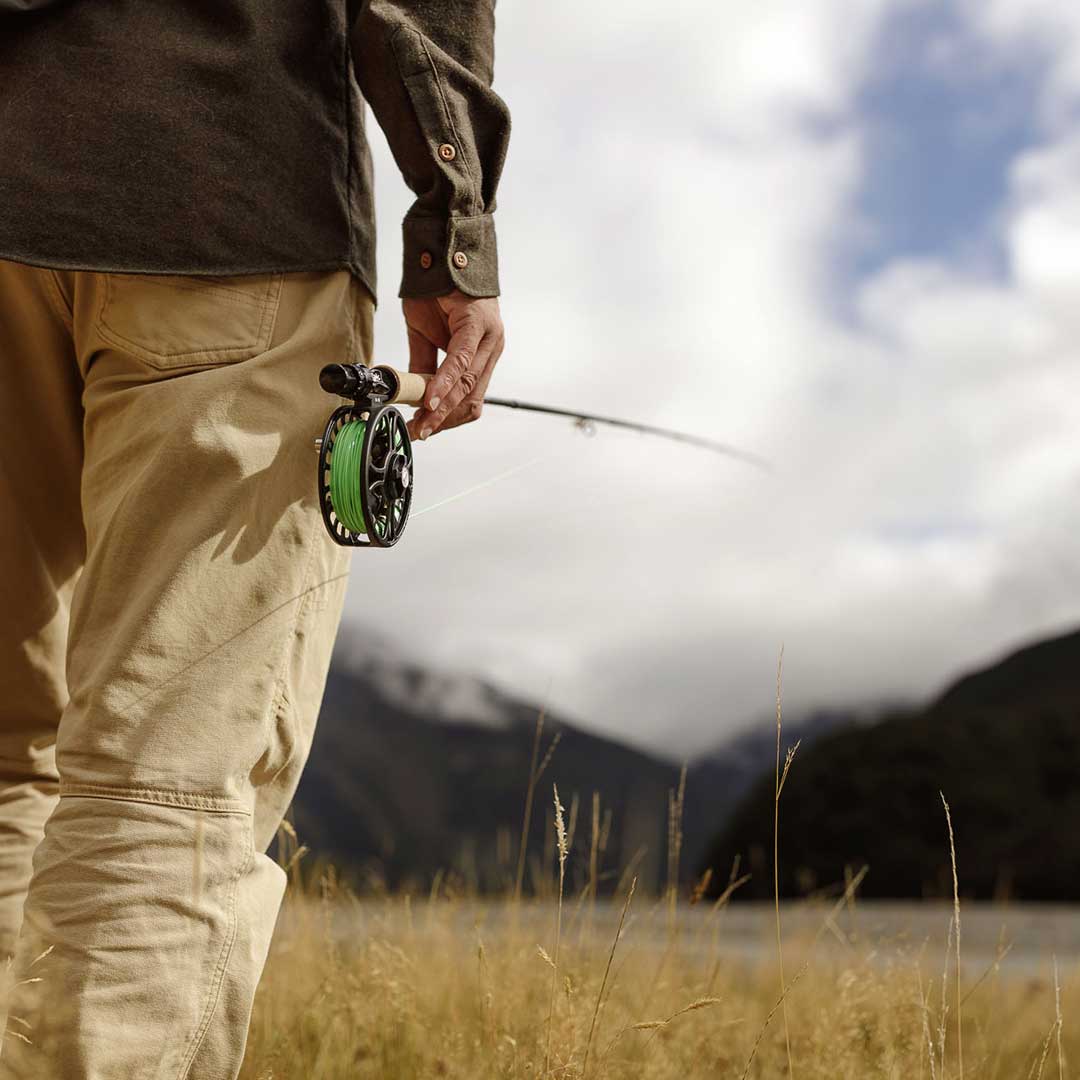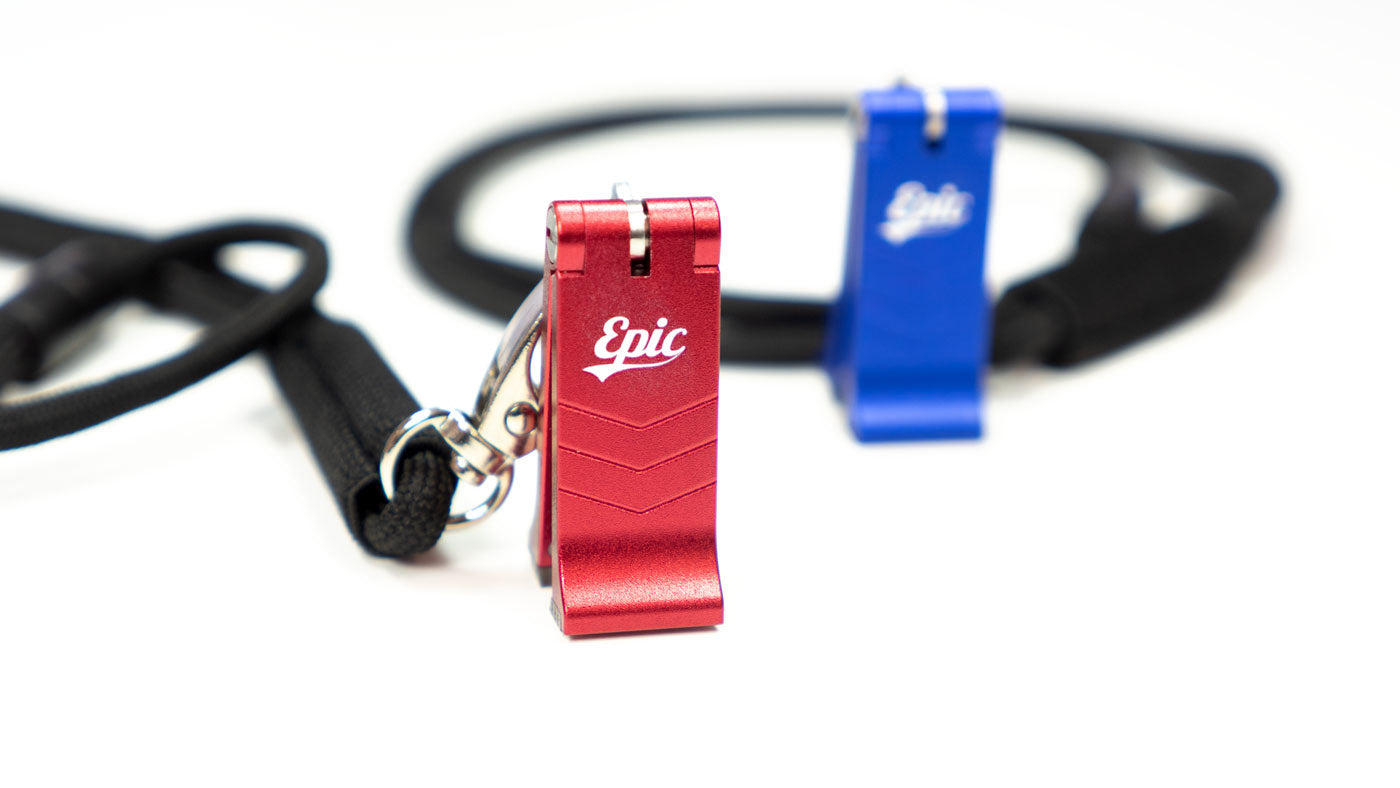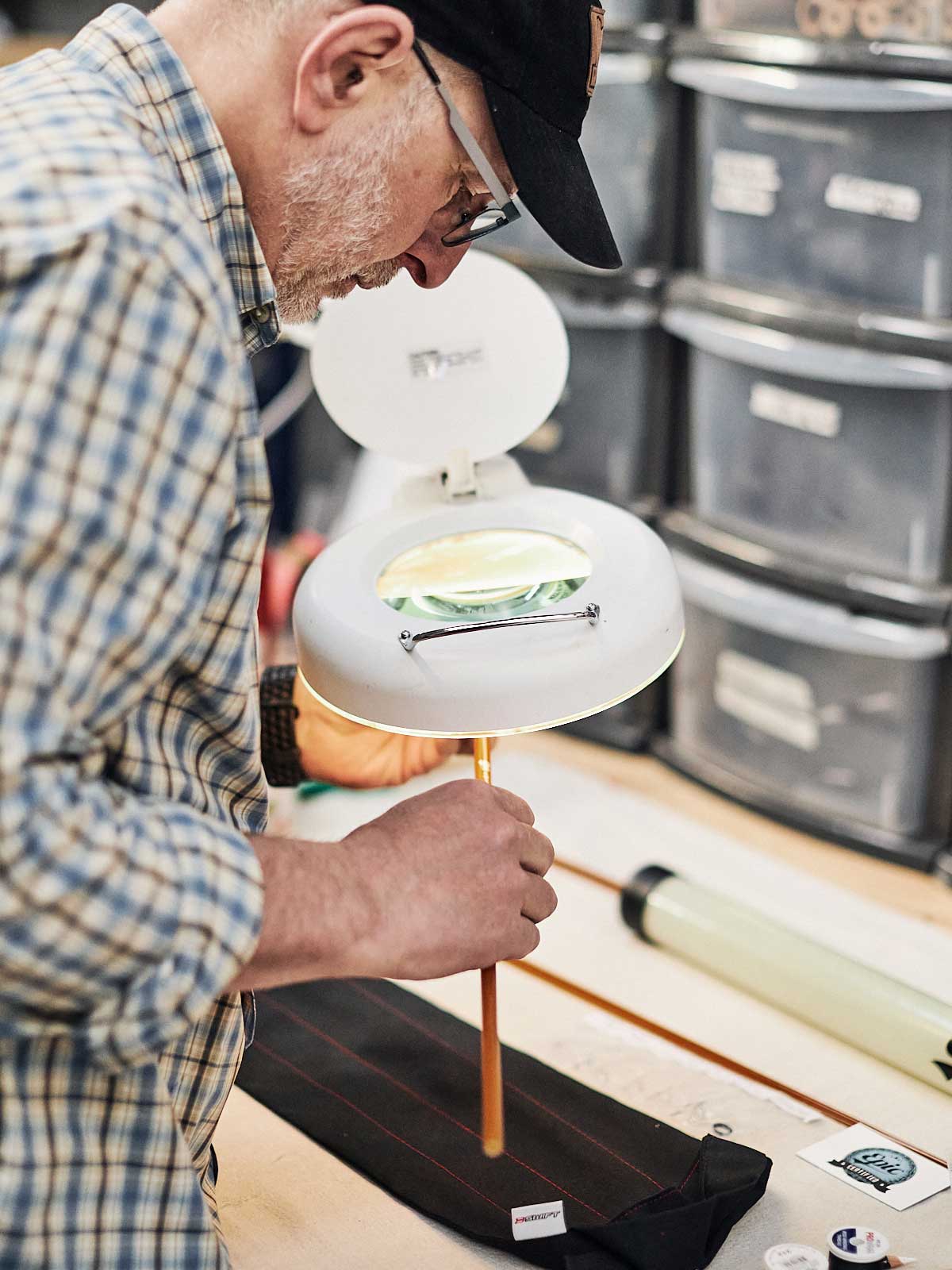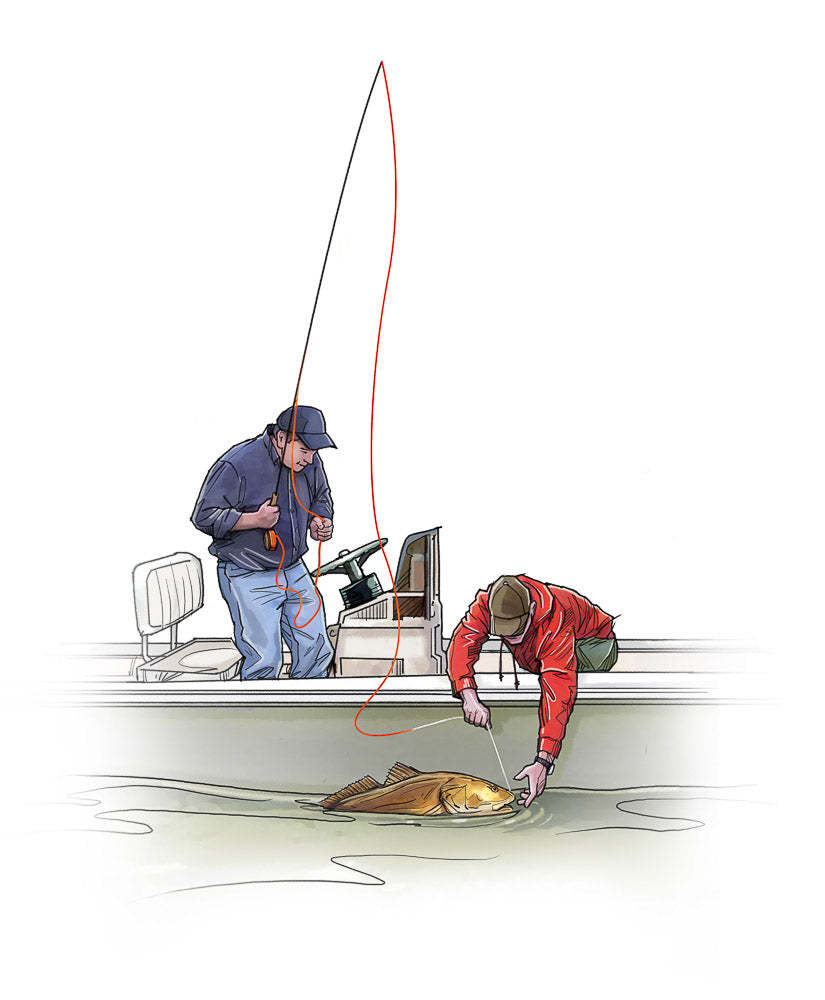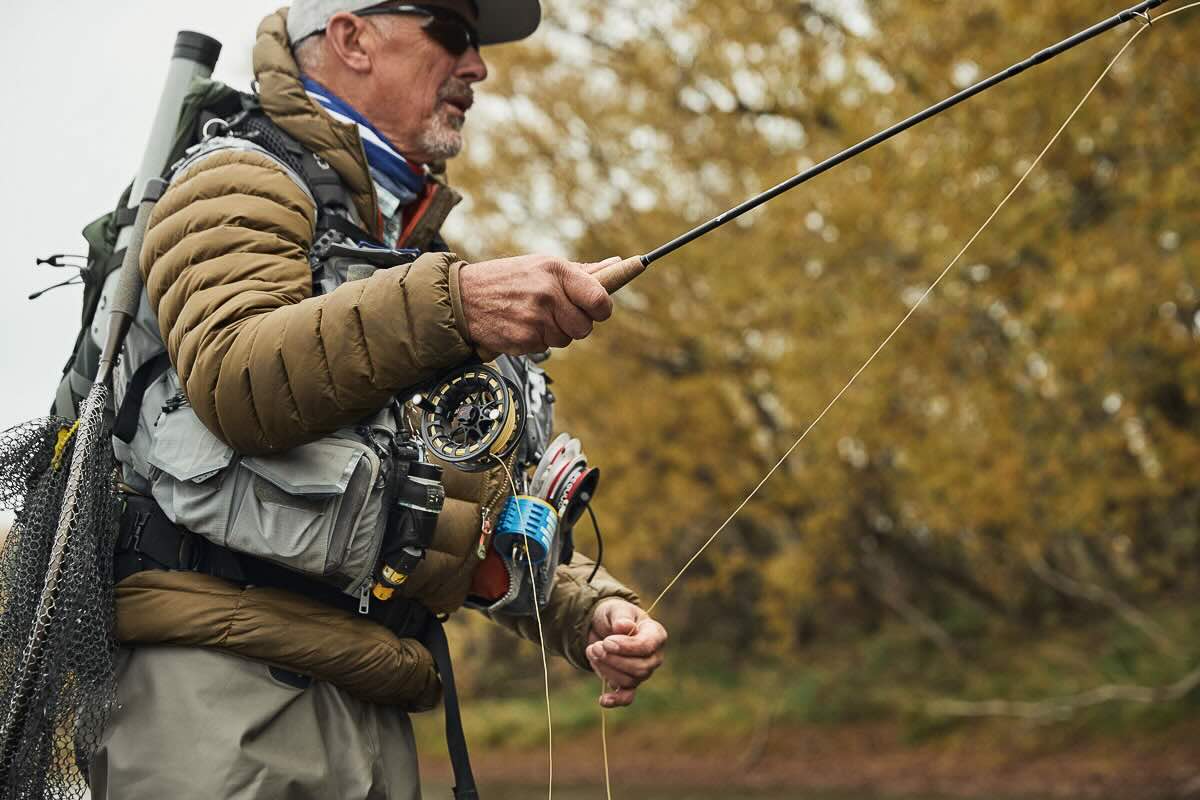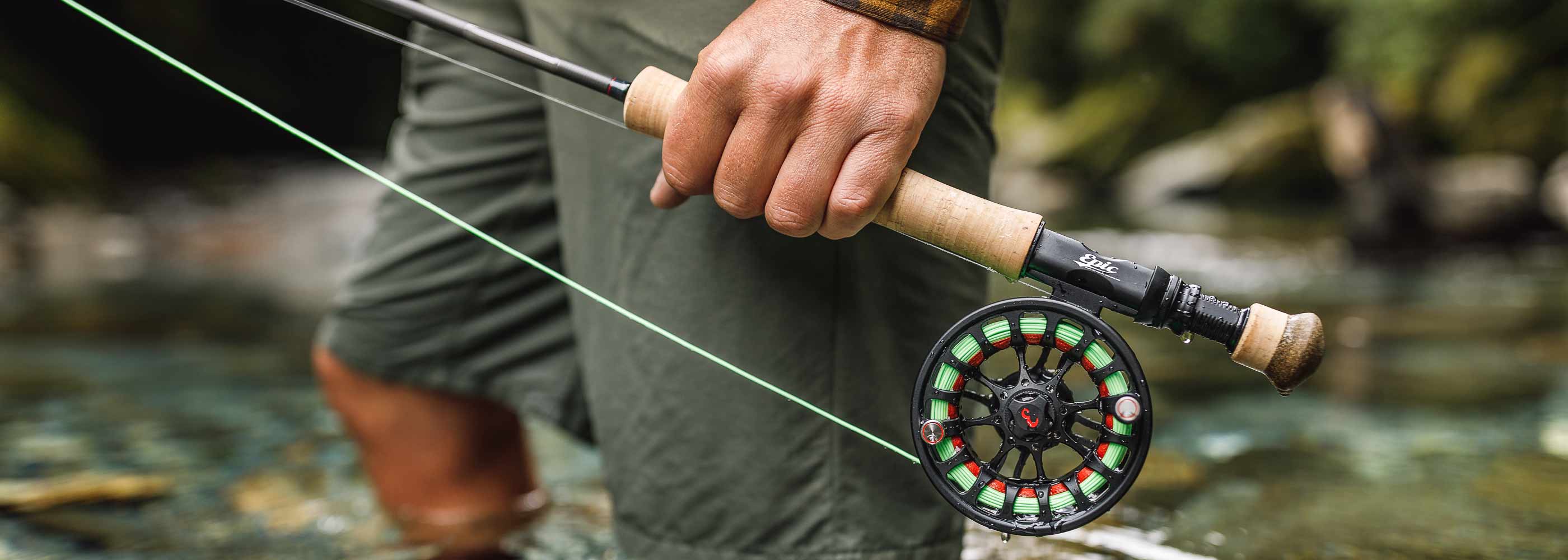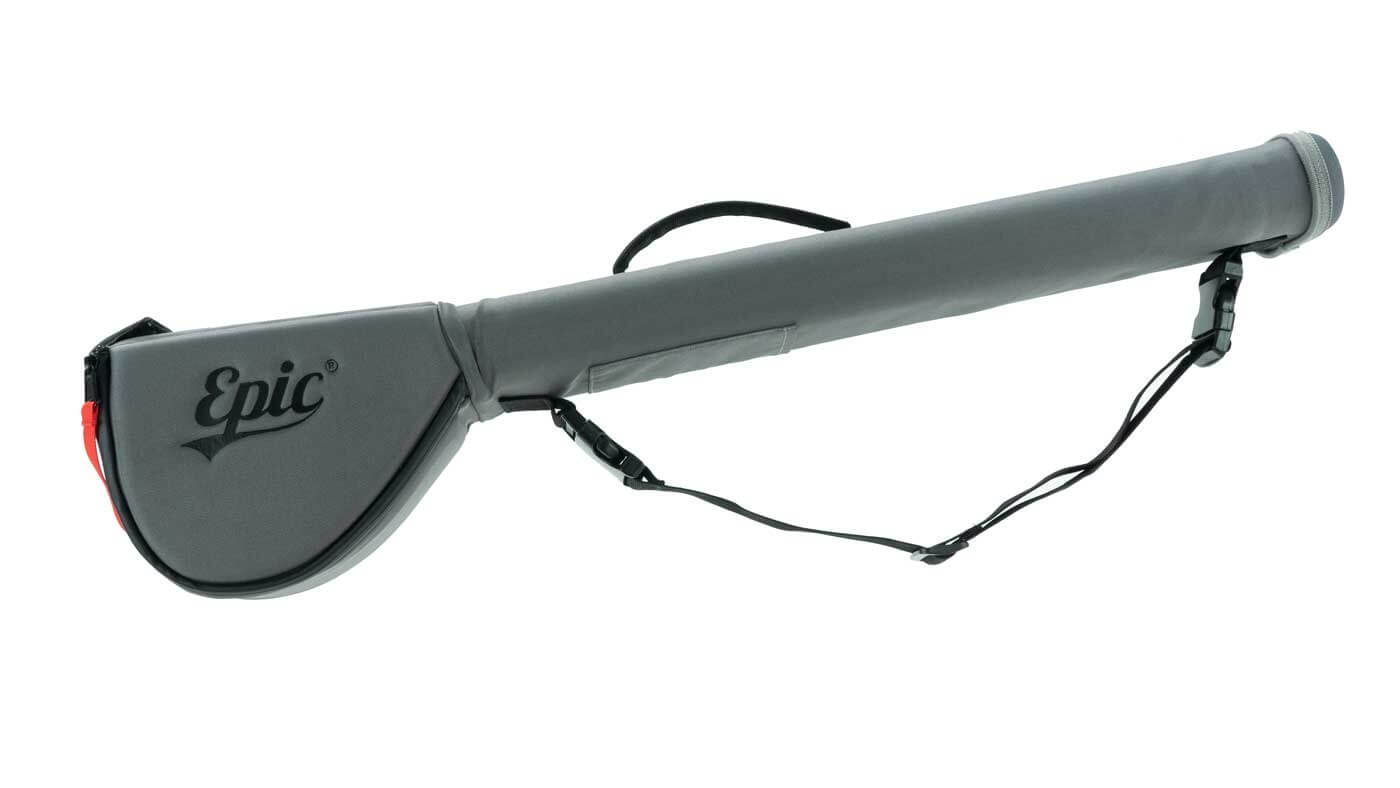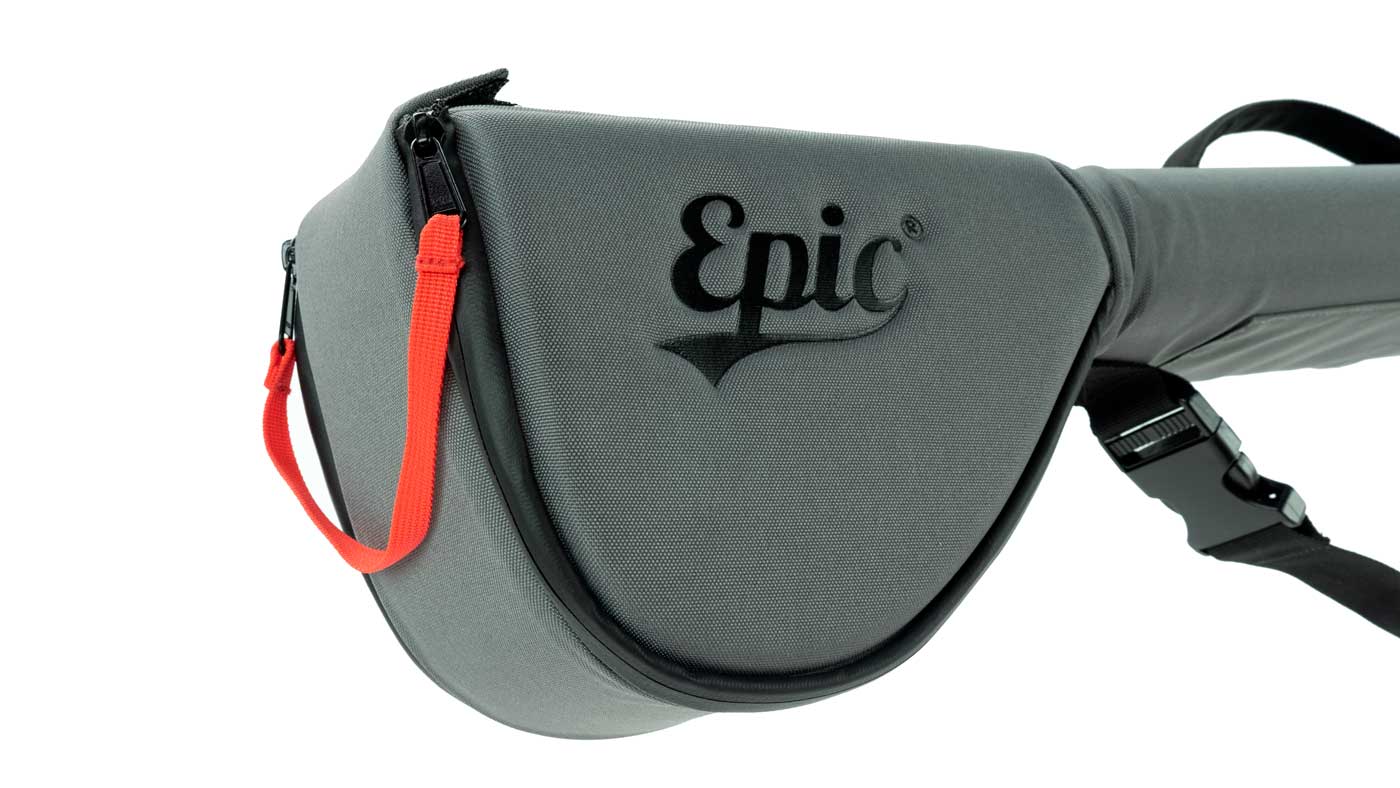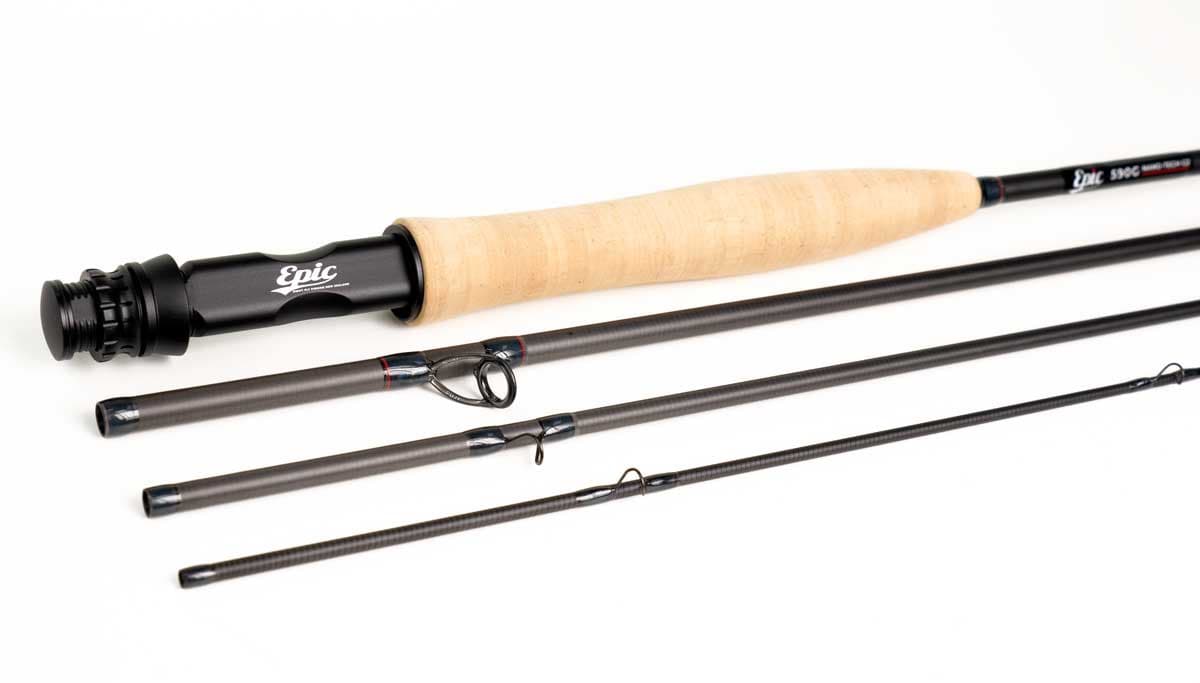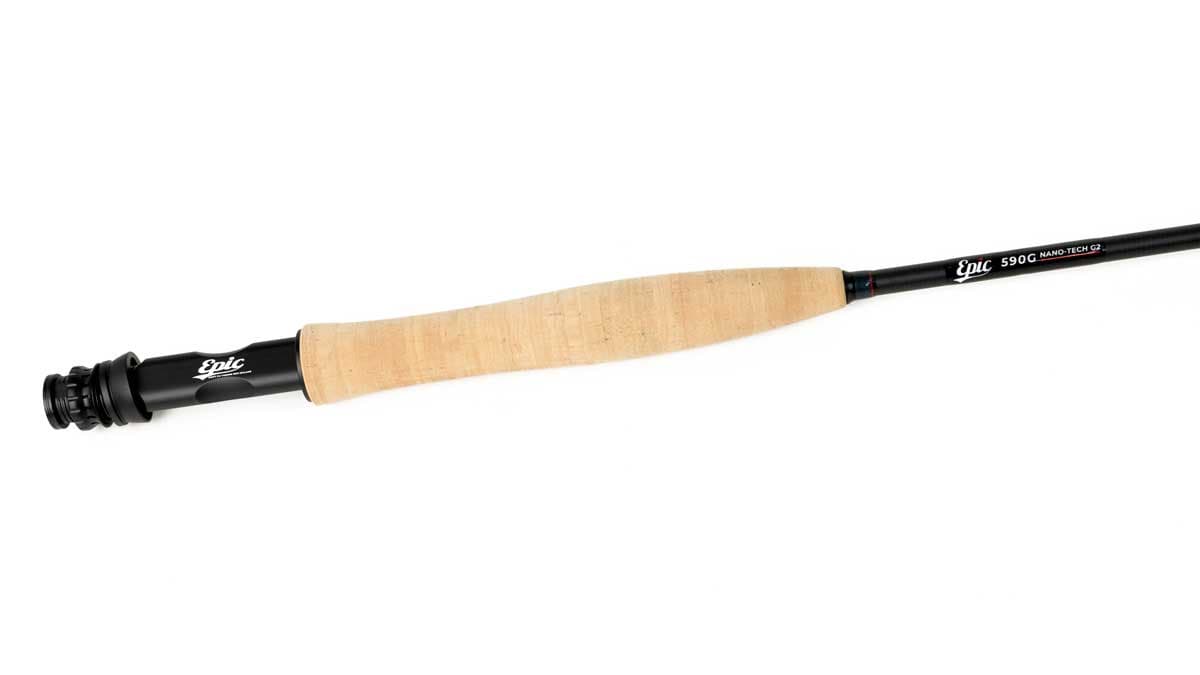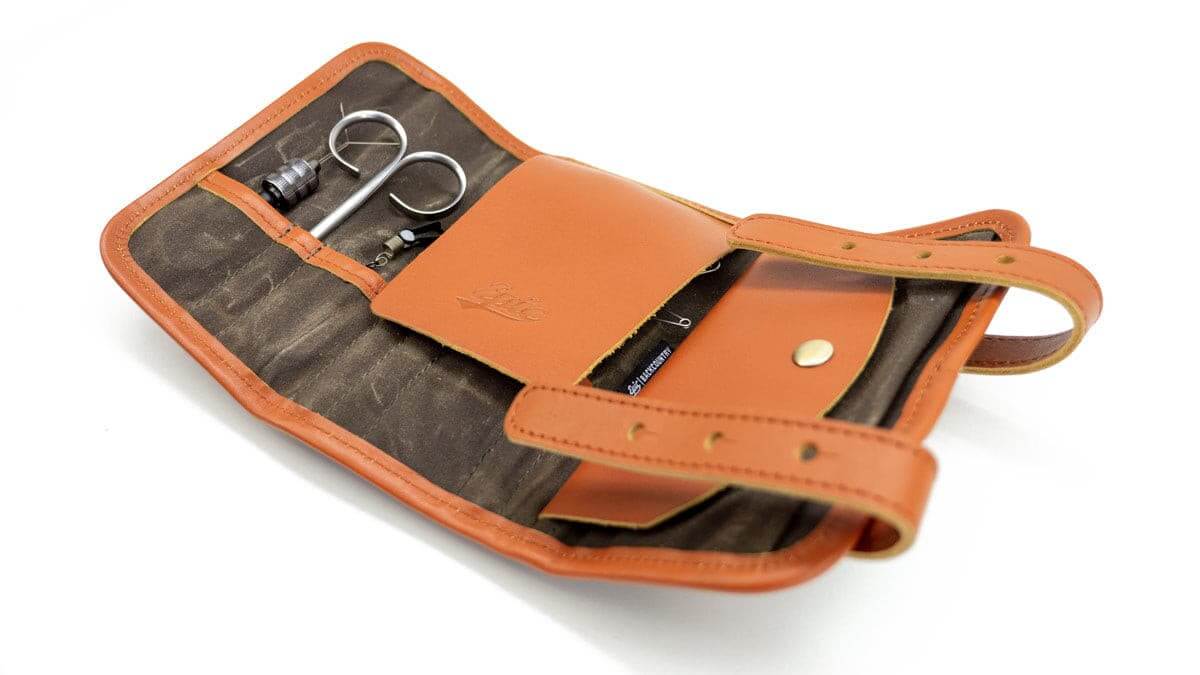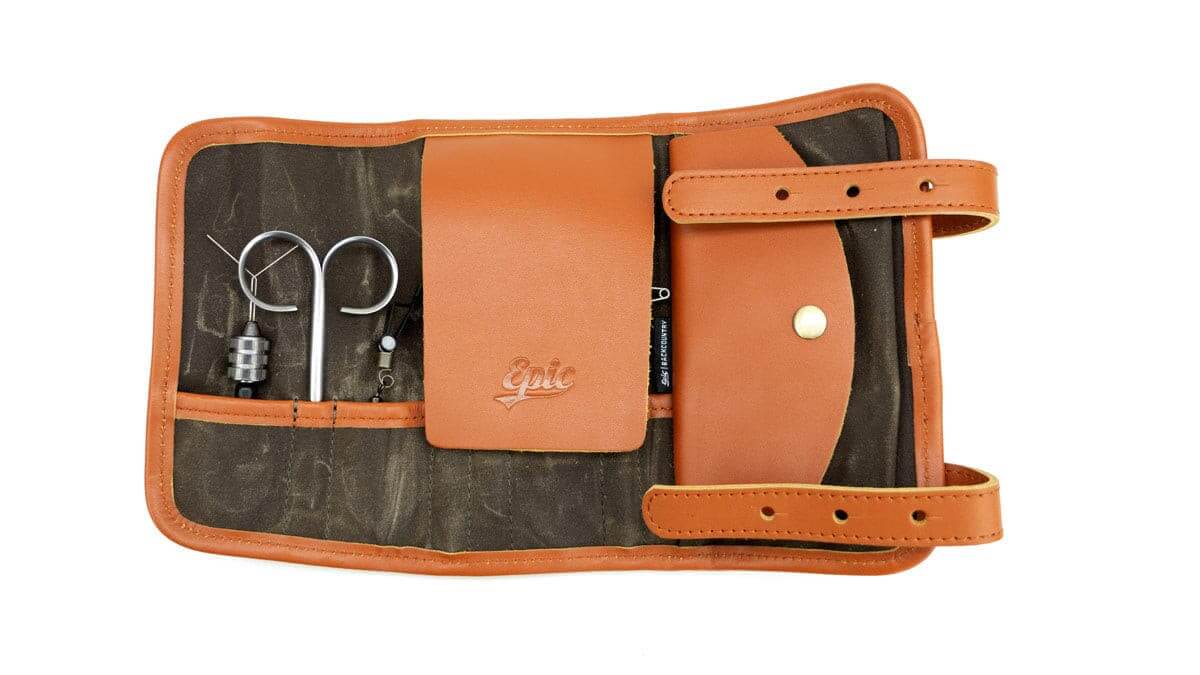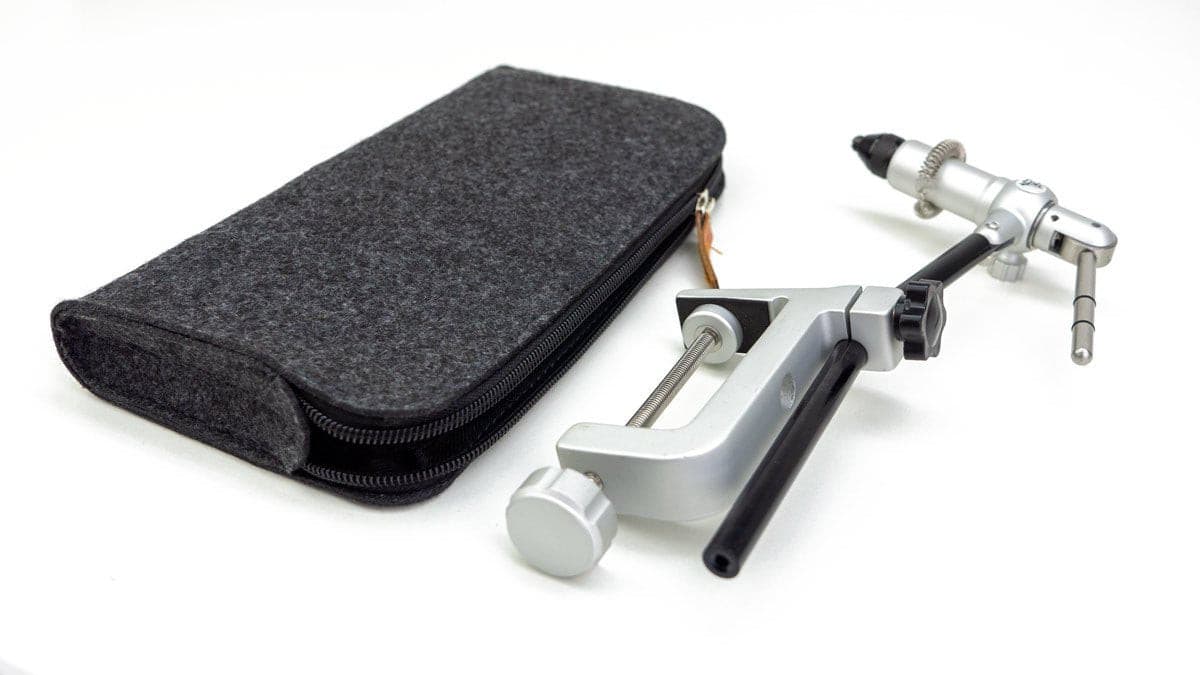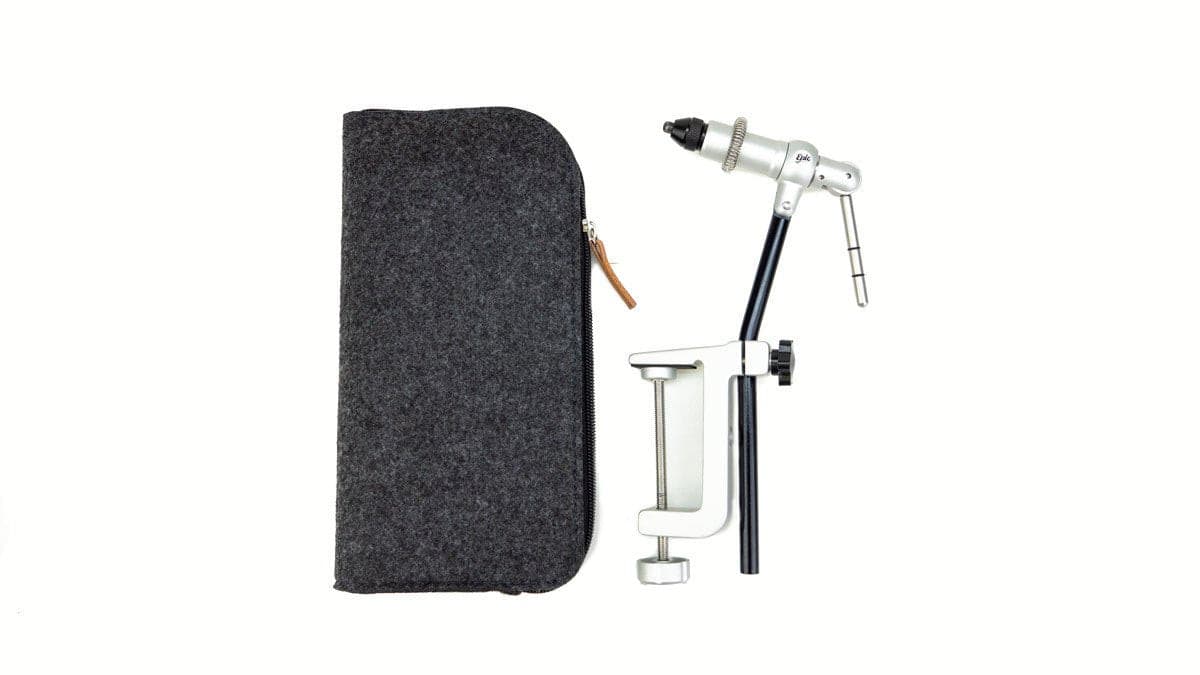Practicing good catch-and-release skills is more than just a good idea; it is a responsibility.
Certainly, there’s nothing wrong with keeping a few fish for dinner or putting a few away in the freezer for later. But if you are a skilled angler, with a fly rod in hand, you will almost always catch more fish than you can use. Practicing good catch-and-release skills is more than just a good idea; it is a responsibility. Living in Southwest Florida and frequently driving along the causeway and beach, I see all sorts of mishandling of fish—not that it is intentional, but rather due to a lack of understanding of just how fragile even the heartiest of fish really are. There are a few things you can do to greatly increase the chances that the fish you just landed will swim away to fight another day.
Fish Barbless Hooks
This serves two purposes. First, a barbless hook comes free much easier than a barbed hook, allowing you to get the fish back in the water quicker. Secondly, the barbless hook does much less damage to the delicate inside of the fish’s mouth and gills. While many think that you will lose more fish in battle using a barbless hook, in most cases, the opposite is true. Studies show that the barbless hook actually penetrates deeper for a solid hook-set. To de-barb your hook, simply take a pair of fishing pliers and gently smash the barb so that it lays flush with the hook wire. Some hooks can be purchased in a barbless model.
Have the Camera Ready
I know it is an old superstition to not bring out the camera until the fish is in the boat (I was even yelled at by a Keys guide for grabbing the camera bag), but if you plan to take a photo, have it ready and turned on while the fish is on the line. Besides, action shots are often more interesting than “Grip and Grins.”

Practice the 'No-Touch' Release
This is the highest level and most effective technique. Leave the fish in the water. Grab the leader and guide the fish to your pliers and pop the hook. Another tip, if possible, is to get out of the boat and land the fish while in the water. The “no-touch” method causes the least amount of stress on the fish and gets him back on his way in no time.
Eliminate Contact With Dry Surfaces
Most fish (especially seatrout and bonefish) have a delicate protective mucus coating that, when removed by dry hands or, even worse, a towel, invites infection and signals predators. Dip your hands fully in the water and be sure to remove your sun gloves. Never lay a fish in the sand or on concrete.
Land Your Fish Quickly
Once you hook a fish, apply enough pressure to land the fish as soon as possible. During the fight, a fish will experience a lactic acid build-up, and the longer she fights, the more serious it becomes—especially in the warmer months. Once a fish is released, it can take up to 24 hours to recover. In that time, it becomes easy for sharks, birds, and other predators to find an easy meal in the beauty that you just released.

Use a Rubber Net Bag
Rubber net bags are widely available and much more fish-friendly than the nylon version. Freshwater trout anglers were quick to champion this, and more and more saltwater fishermen are following suit.
Always Have Pliers on You
Wear them on your belt, around your neck, in your pocket, or attach them to your boat. Having a pair of pliers or hemostats makes removal easier on both the fish and the angler.
Minimise Air Exposure
Don’t keep the fish out of water any longer than you can hold your breath. Try it, and it will give you a better appreciation of what our finned friends are feeling.

Never Lift by the Jaw
Some may disagree with me on this, but I never hold a fish by the jaw, and it breaks my heart when I see photos of pro bass anglers hefting a seven-pounder by the jaw. Fish spend their lives in a near-zero gravity condition and simply weren’t intended to be held vertically with undue strain put upon the delicate muscles of the underside. In the case of large snook, tarpon, and others, lifting a fish by the jaw can PERMANENTLY damage those parts and, even though the fish may swim away, it may no longer be able to eat. Lift your fish from the water horizontally by holding the jaw and cradling the underbelly.
Follow these tips, and you will keep your trophy catches alive and fighting for years to come.

Joe Mahler is one of the USA's leading fly casting instructors and author and illustrator of “Essential Knots & Rigs for Trout” and “Essential Knots & Rigs for Salt Water”. You can Book a fly casting lesson with Joe via his website here


